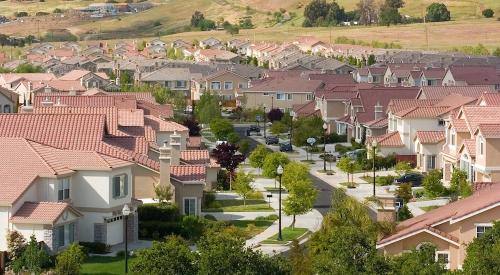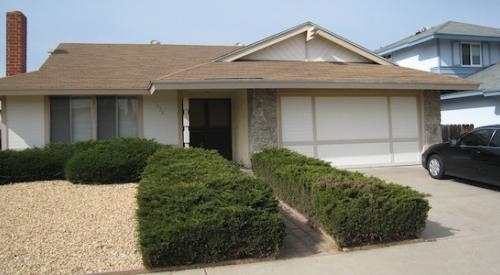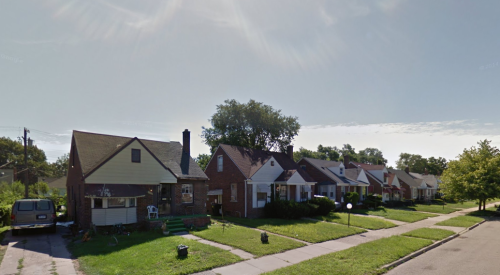One of the pillars the United States was built on is the idea that, regardless of the hand someone was dealt, they could always shuffle the cards, trade a few out, grab a wild card or two and end up improving their situation. That is the premise of the American Dream. Another, for many, is owning a home. But, ironically, it is the rapidly increasing costs of purchasing and renting a home that is threatening to shake many Americans, especially children in low-income families, awake fromthat dream.
As Zillow reports, home values and rents in areas that used to offer the most upward social mobility for children in low-income families are now stunting growth and mobility up the socio-economic ladder.
For example, take a look at San Luis Obispo, Calif. and Chicago, Ill. Historically, a child growing up in San Luis Obispo would climb higher on the socioeconomic ladder than the child from Chicago, earning, on average, $5,300 more per year as an adult. But now, San Luis Obispo may not offer the same opportunity to children living there now: Home values in the area rose 154 percent between the late 90s and now. In Chicago during that same time period, home values only rose 30.2 percent. Compounding the problem of increasing home values and rents is the fact that home value appreciation has outpaced income growth nationally.
In the regions that are best for social mobility, 24.6 percent of income is spent on a mortgage on average. In the worst regionsfor social mobility, that number is only 12.9 percent. Starting with the worst areas for social mobility and climbing through the categories of ‘Below Average,’ ‘Above Average,’ and finally up to ‘Best,’ the amount of income spent on a mortgage grows steadily. This exists in stark contrast to the 1990s, a decade that saw 16.3 percent of income spent on a mortgage in the worst places for social mobility and 22.5 percent in the best, a much smaller gap.
Instead of owning a home, then, why not just rent? The numbers tell a similar story for renters; the worst areas for social mobility see an average of 27.2 percent of income spent on rent while the best areas for social mobility see 36.2 percent of income spent on rent. In the 90s those numbers were 22 percent and 28.3 percent. Again, the amount the gap has grown is considerable.
However, research from Chetty and Hendren suggests that, overall, the measures of mobility have remained stable over the past 50 years, suggesting that there's public policy intervention in place to ensure that the American Dream doesn’t become a thing of the past.












